
It was never going to be a quiet affair.
Mention the ‘m word’ - Monsanto - and a publicity storm is sure to ensue.
Bayer is learning this first hand at the moment. Having made an eyecatching $62bn offer to buy the notorious US agritech company, the German ‘life sciences’ giant is now facing protests from anti-GM campaigners, a possible backlash from investors and accusations a Bayer/Monsanto merger could dramatically drive up input costs for farmers - and push up food prices as a result.
If that weren’t enough, Monsanto itself doesn’t sound overly impressed with Bayer’s advances either: its management has dismissed the offer as a dramatic undervaluation of its company, though it’s also signalled it remains open to talks.
So with a new, improved offer expected soon, just what are the implications of a combined Bayer/Monsanto?
First things first, what has happened? Bayer made an unsolicited $62bn (£43bn) cash offer for Monsanto in late May. The deal, worth $122 a share, would create a company with a combined turnover of more than $60bn a year and would represent the biggest ever foreign takeover by a German company. The bid was rebuffed by Monsanto straight away for being too low, though it stressed it remained open to “continued and constructive” conversations.
What’s the rationale for the deal? Bayer has devoted an entire website - advancingtogether.com - to explaining the logic behind its proposal. It says its main aim is to become a global leader in agriculture that is “able to advance the next generation of farming”. The German giant believes combining its expertise in crop protection with Monsanto’s expertise in seeds will help feed a booming global population using ever scarcer resources.
Cost savings are another clear motivation. Bayer hopes joining forces will save a total of $1.5bn over the first three years, with the potential for further “synergies” in future. Julien Jarmoszko, a senior research manager at S&P and Bayer analyst, agrees there are obvious areas to trim - for example, the companies have “two sales teams selling the same categories face to face”.
For Bayer, the merger would also reduce its exposure to pharmaceuticals. Today, healthcare makes up half of its sales, while crop science accounts for 22%. The deal would create more of an equal balance, says Jarmoszko. This could prove attractive at a time when there are “uncertainties over how the drug pipeline will develop”.
What about Monsanto? The company hasn’t said much other than to point out the valuation is too low. Meanwhile, Bayer has claimed Monsanto would benefit from its “broad” crop protection range”. Indeed, Monsanto’s portfolio in this area only includes Latitude and Roundup, which has been hit by negative publicity over suggested links with cancer - vigorously denied by Monsanto.
Furthermore, Bayer’s assessment that greater global scale is what’s needed is likely to be shared by Monsanto: after all, it tried to pull off its own mega merger with Syngenta, though it lost out to ChemChina.
Finally, the deal could make solid financial sense for Monsanto. Since Bayer’s takeover bid its share price has jumped, despite a recent downturn in earnings.
Why is the deal controversial? A merged Bayer/Monsanto would control nearly 30% of the global pesticides market, according to estimates from Morgan Stanley, and sell roughly 36% of US maize seeds and 28% of soybean seeds. Farmers are concerned it could therefore dramatically reduce choice and buying power for them - and increase their input costs.
Plus, Monsanto is closely associated with GM and the controversial Roundup weedkiller, making it a prominent target for campaigners and raising fears among Bayer investors their company could become tarnished by association.
What about competition regulators? It’s early days for the deal, obviously, but the Morgan Stanley estimates suggest it is likely to attract the attention of more than one competition authority. The NFU claims the European Commission is already “interested” in the deal, and it could also face probing in the US, China and Brazil.
Bayer’s line is the two companies are complementary rather than competitors, particularly as Monsanto is largely focused on the US whereas Bayer’s core markets are in Europe and Asia. However, analysts have suggested Bayer may have to sell off its herbicide business to avoid overlap with Roundup.
What are the implications for UK grocery? Given the global nature of the deal, it’s hard to pinpoint specific implications, but the UK is a major market for both players. The NFU says it’s concerned over the merging of such large forces in the agrichemical and seeds world, which it says has been subject to consolidation over “many years”. “It can have an impact on prices and ideally we want a competitive market with lots of players,” says chief science adviser Helen Ferrier.
How might the deal affect the GM debate? Monsanto’s name is toxic in campaigner circles, as Bayer admits. Indeed, CEO Werner Baumann has hinted the Monsanto name might disappear post-merger, which could go some way towards taking the heat out of the GM debate. This kind of ‘blurring of the lines’ is precisely what campaigners fear; plus, they worry a combined Bayer/Monsanto may be so huge that European regulators - which have been largely sceptical of GM to date - could find it harder to say no to a fresh push to bring GM to Europe. In the short term, as the deal is being negotiated, a renewed public debate around all things GM is therefore likely.
What happens next? Bayer remains “confident” it can come to a deal despite Monsanto’s initial rejection. It is expected to make a revised offer imminently, worth $135 per share. Deutsche Bank believes this is likely to be Bayer’s “last and best offer”. The ball will then be in Monsanto’s court.



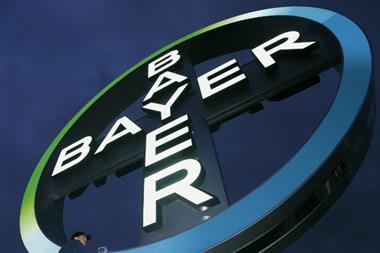
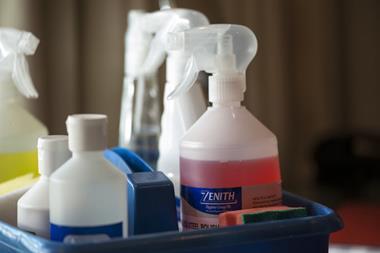
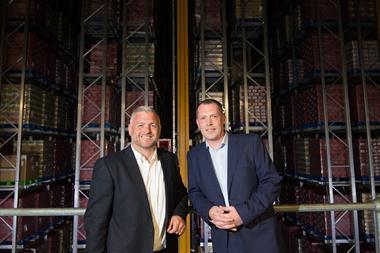



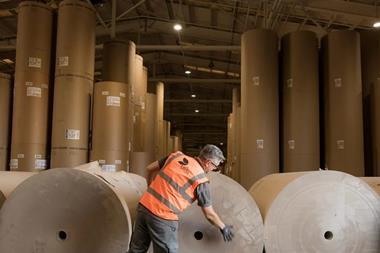




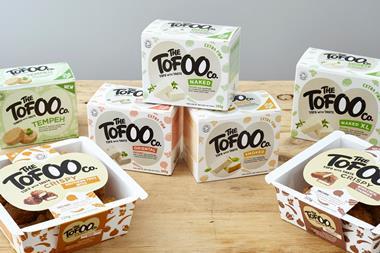
No comments yet